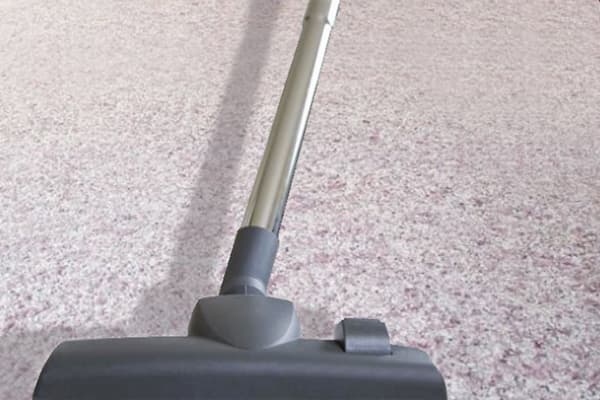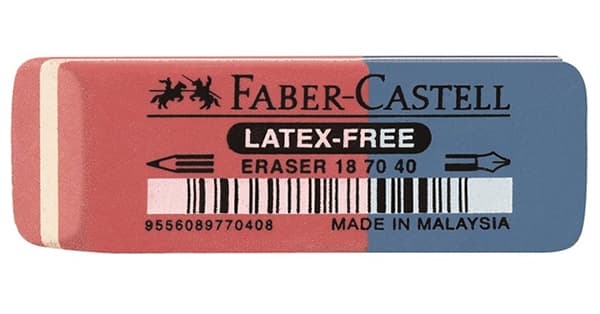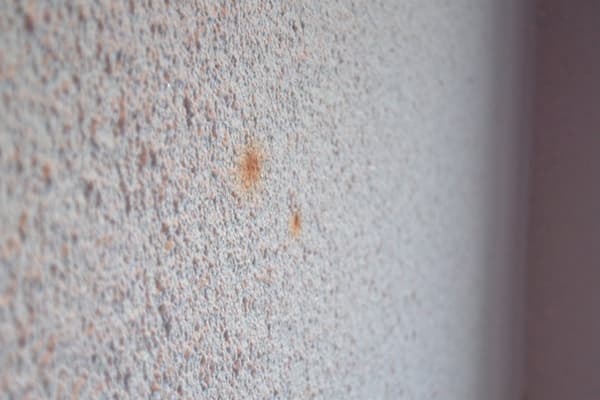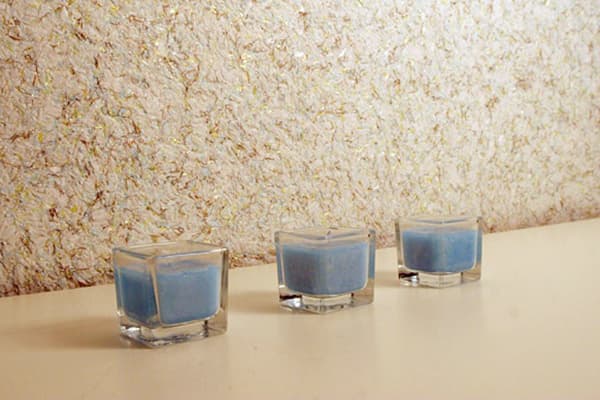Is it possible to wash liquid wallpaper: safe ways to remove stains
Washing liquid wallpaper is not the best idea, because this coating is initially water-soluble. Before applying “silk plaster” to the wall, it is diluted with water. This means that as soon as you start rubbing the wallpaper with a wet sponge, it will melt. Therefore, use other cleaning methods that are simple and safe.

Removing dust
Theoretically, liquid wallpaper does not collect dust - it is a coating with an antistatic effect. But in practice, everything is not so rosy. The slightest relief on the surface of the wall is an excellent dust trap. You can remove dirt with a regular dry cloth or vacuum cleaner. Use a soft nozzle to avoid damaging the decorative surface of the coating.
Be as careful as possible - do not press on the brush, do not rub the wall with force. Just brush off the dust, that will be enough.
Removing dirt
If a dirty spot appears on the wall, try erasing it with an eraser. It is better to choose “double” - hard on one side and soft on the other. First, lightly rub the stain with the soft side of the eraser. Start with a small area to evaluate the results. If everything is fine, continue scrubbing until the dirt is removed.
Use the hard side of the eraser very carefully - it will certainly damage the texture of the wallpaper. Wipe away the stain in small pieces without applying any force. Once the top, most visible layer of dirt is gone, return to the soft side of the eraser.
What to do with a greasy stain?
You won't be able to remove an old stain, but you can fight a fresh one.Take a clean, dry cloth and press it against the wall. Porous fabric will absorb fat. After this, the stain will fade and, most importantly, will stop spreading across the wallpaper. Now you can erase it with an eraser.
There is rust on the wall
Rust stains are special. Dirt comes out from the inside, which means the silk plaster will have to be removed. This is done using the following algorithm:
- Wet a fragment of the coating and wait until it softens.
- Gently scrape off the wallpaper. It's better to use a spatula.
- Clean the metal, prime it and paint it.
- Apply the decorative coating again.
You can also combat any persistent pollution. For example, remove a child’s drawing with a felt-tip pen or stains from spilled coffee. For such cases, you need to leave a small supply of wallpaper of the desired shade.
To varnish or not to varnish?
Some sources advise covering the walls with a final layer of waterproof varnish. This way you will protect the coating from stains, and if necessary, you can safely wash the wallpaper. On the one hand, the advice is reasonable - the varnish will really make the coating moisture resistant. On the other hand, additional problems will arise:
- After applying the varnish, the color of the wallpaper will change. It's not a fact that you will like it.
- Lacquered wallpaper is very difficult to remove from walls. If you want to replace the coating, you will have to tinker.
- The same problems will arise with fragmentary repairs. Lacquered wallpaper cannot be soaked in a specific area and replaced.
Advice from the experts
Silk plaster is a very delicate material. Do not under any circumstances use:
- sandpaper;
- brushes with metal bristles;
- any abrasives;
- aggressive chemicals - acid, alkali.
If you ignore this advice, you will hopelessly ruin the decorative surface.The coating will have to be removed and then restored again.
Be careful, care for silk plaster correctly, and your wallpaper will retain its decorative appearance for a long time.



